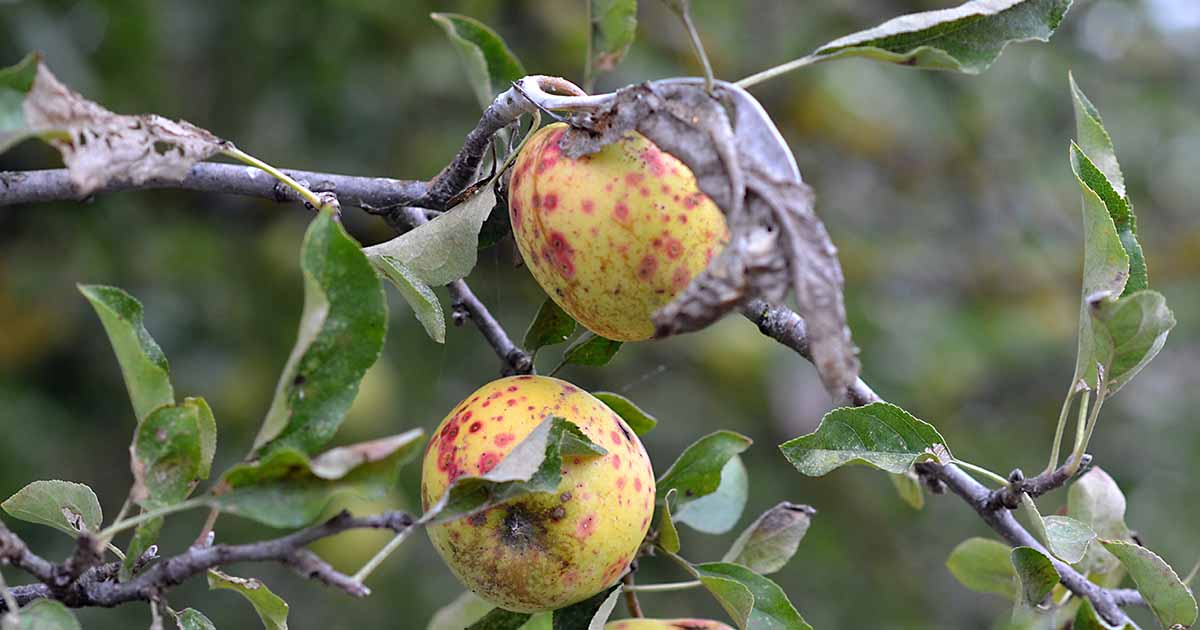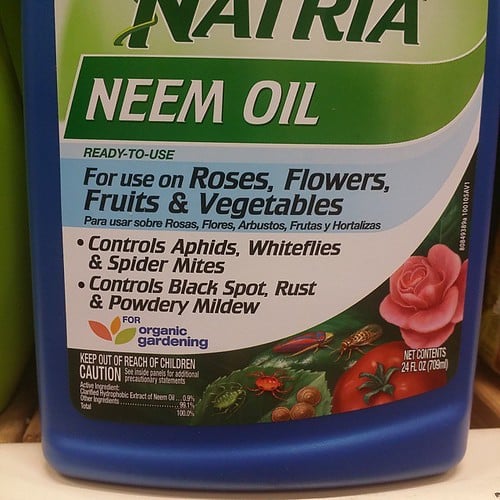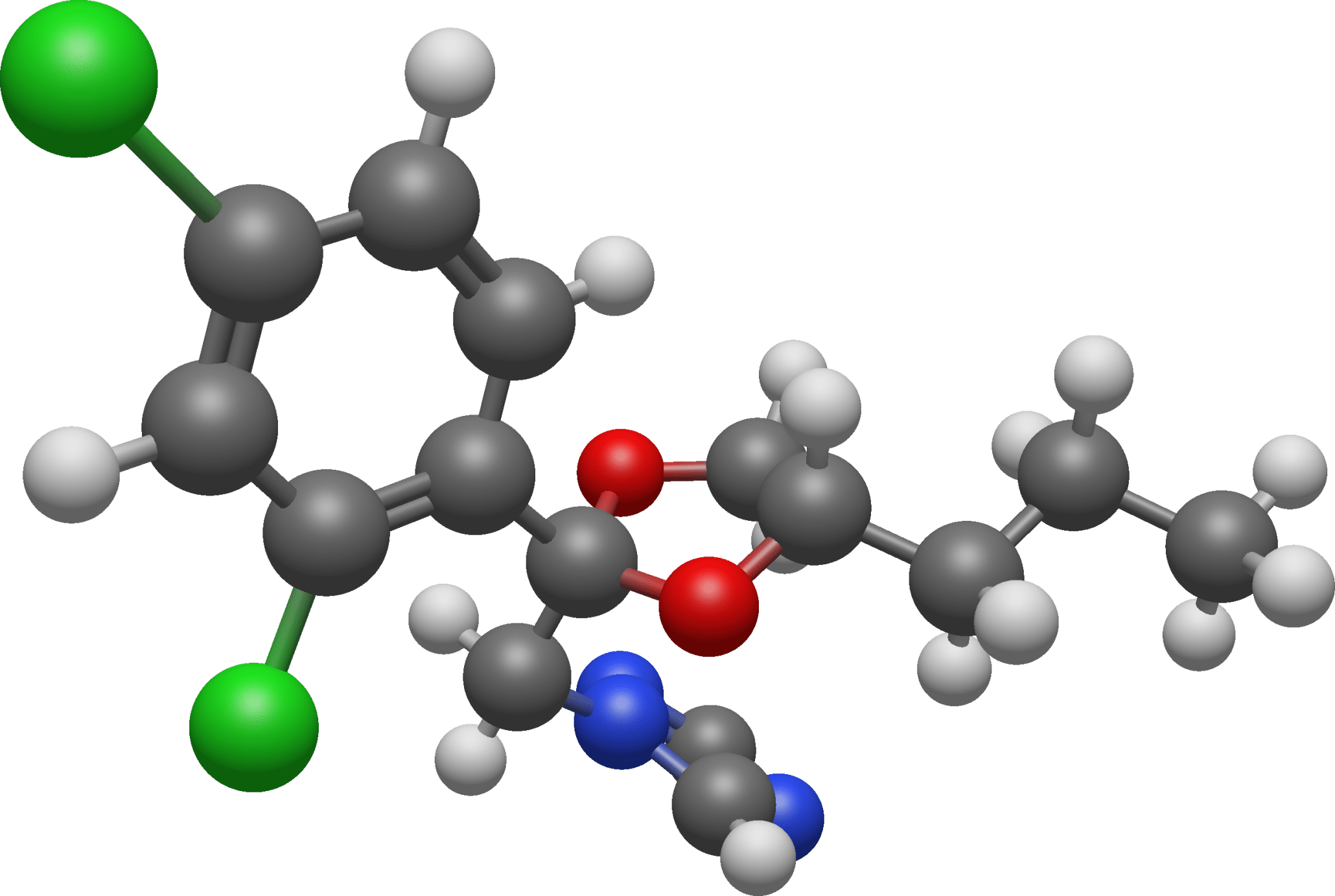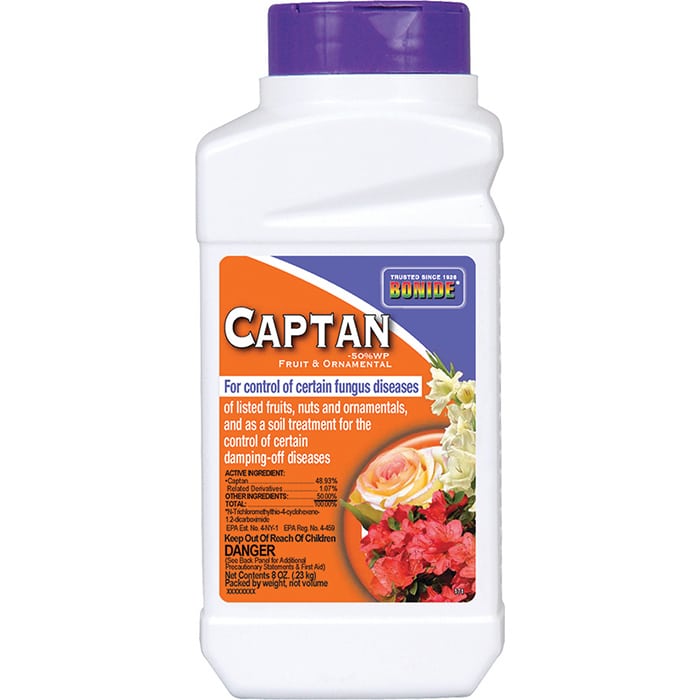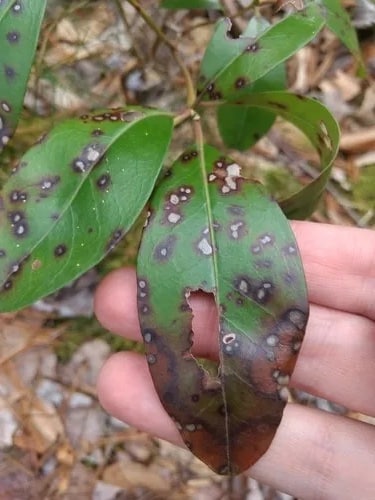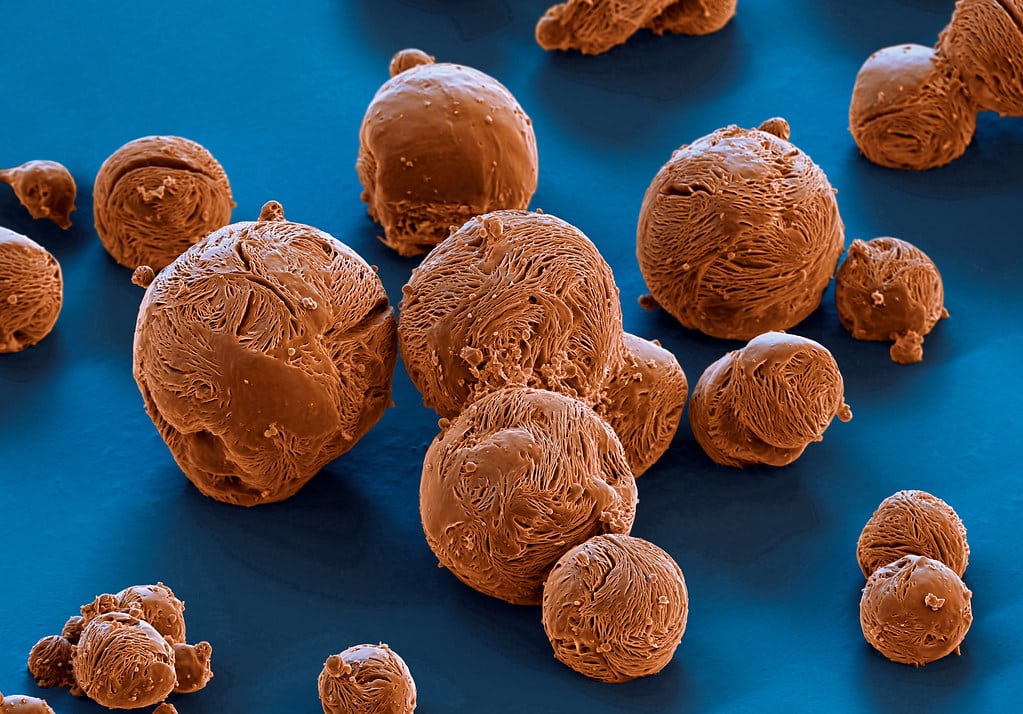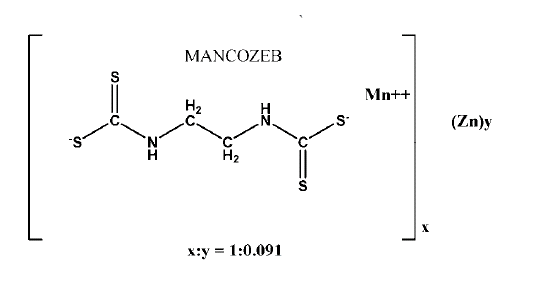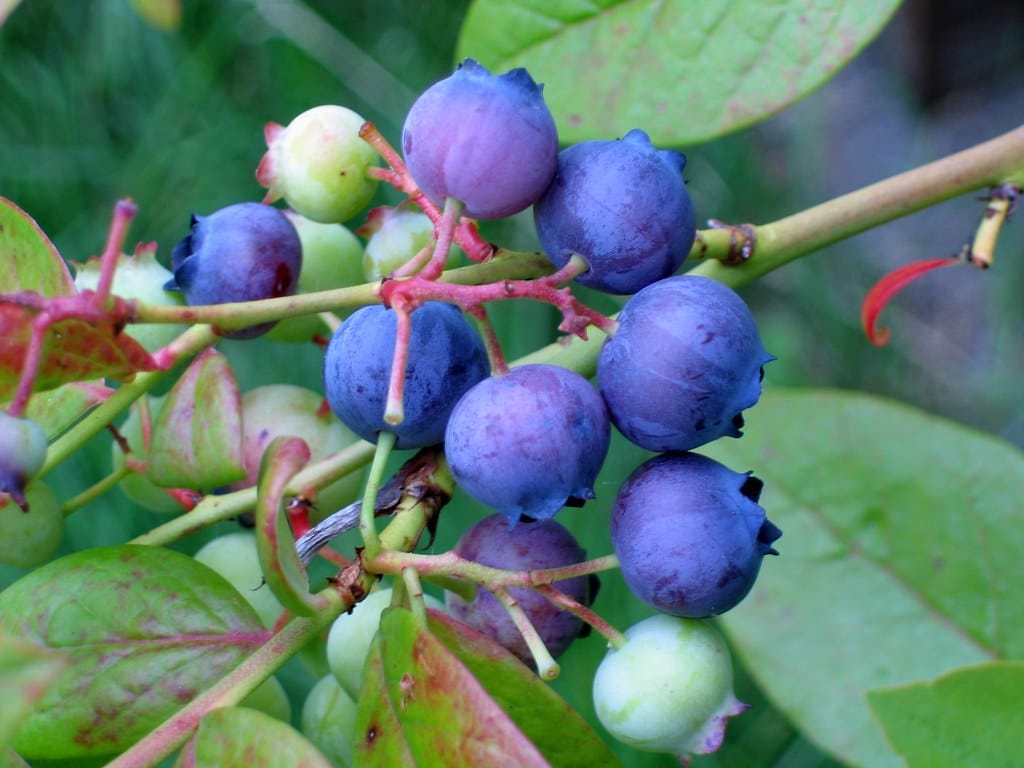Skip To The List Understanding the Importance of Fungicides for Apple Trees Fungicides play a pivotal role in maintaining the health and productivity of apple trees. Apple trees, like any other plants, are susceptible to a variety of diseases, many of which are fungal in nature. Diseases such as apple scab, fire blight, powdery mildew, and cedar-apple rust can inflict significant damage, resulting in decreased yield, quality, and, in severe cases, even tree death. Fungicides offer a reliable line of defense against these diseases by inhibiting the growth of fungal pathogens, thus ensuring the vitality and longevity of the apple
